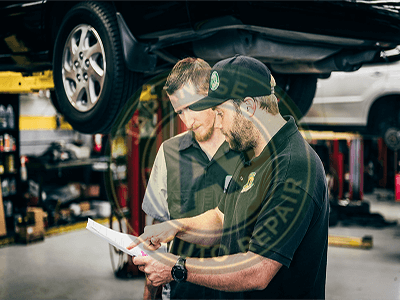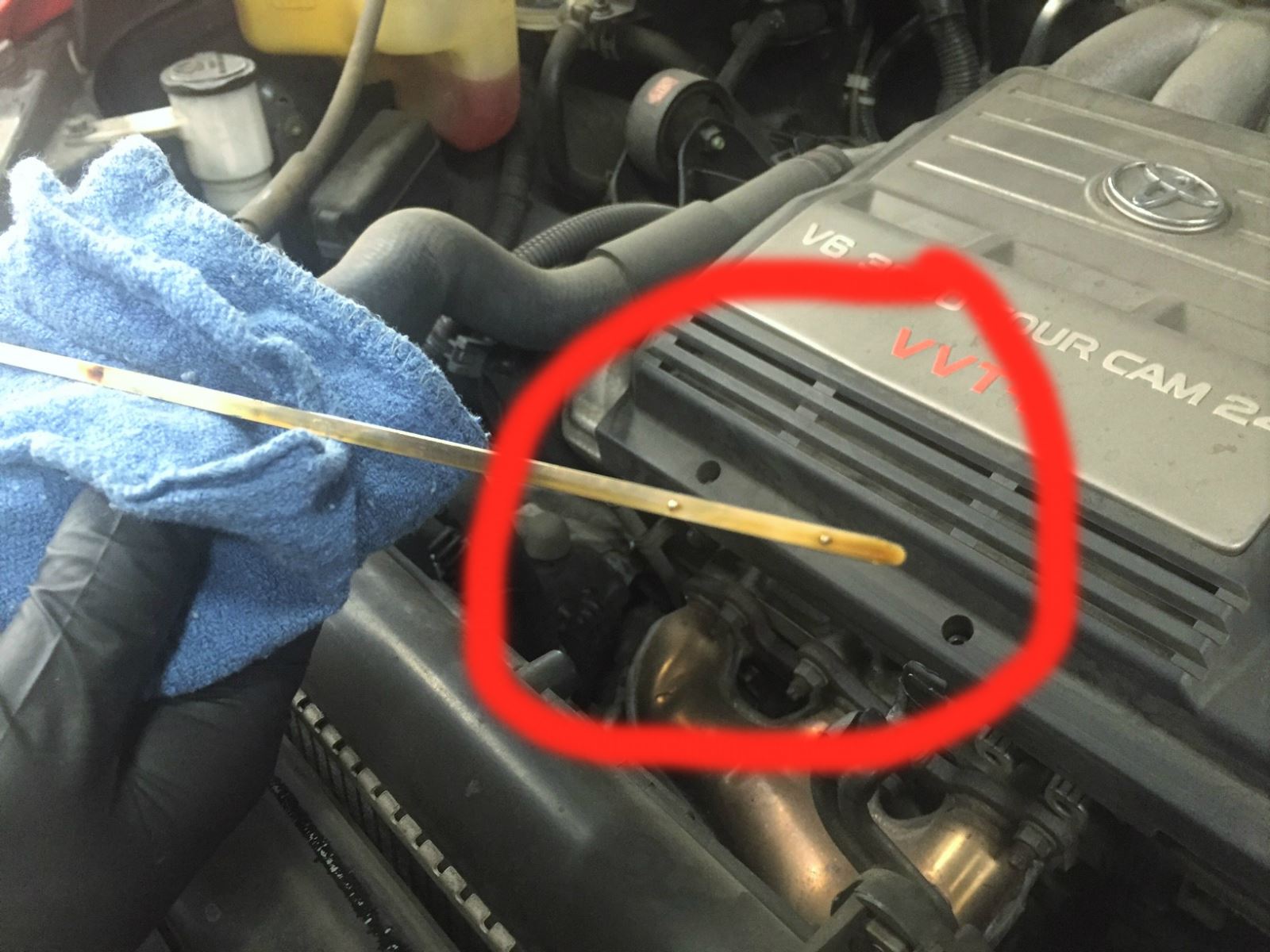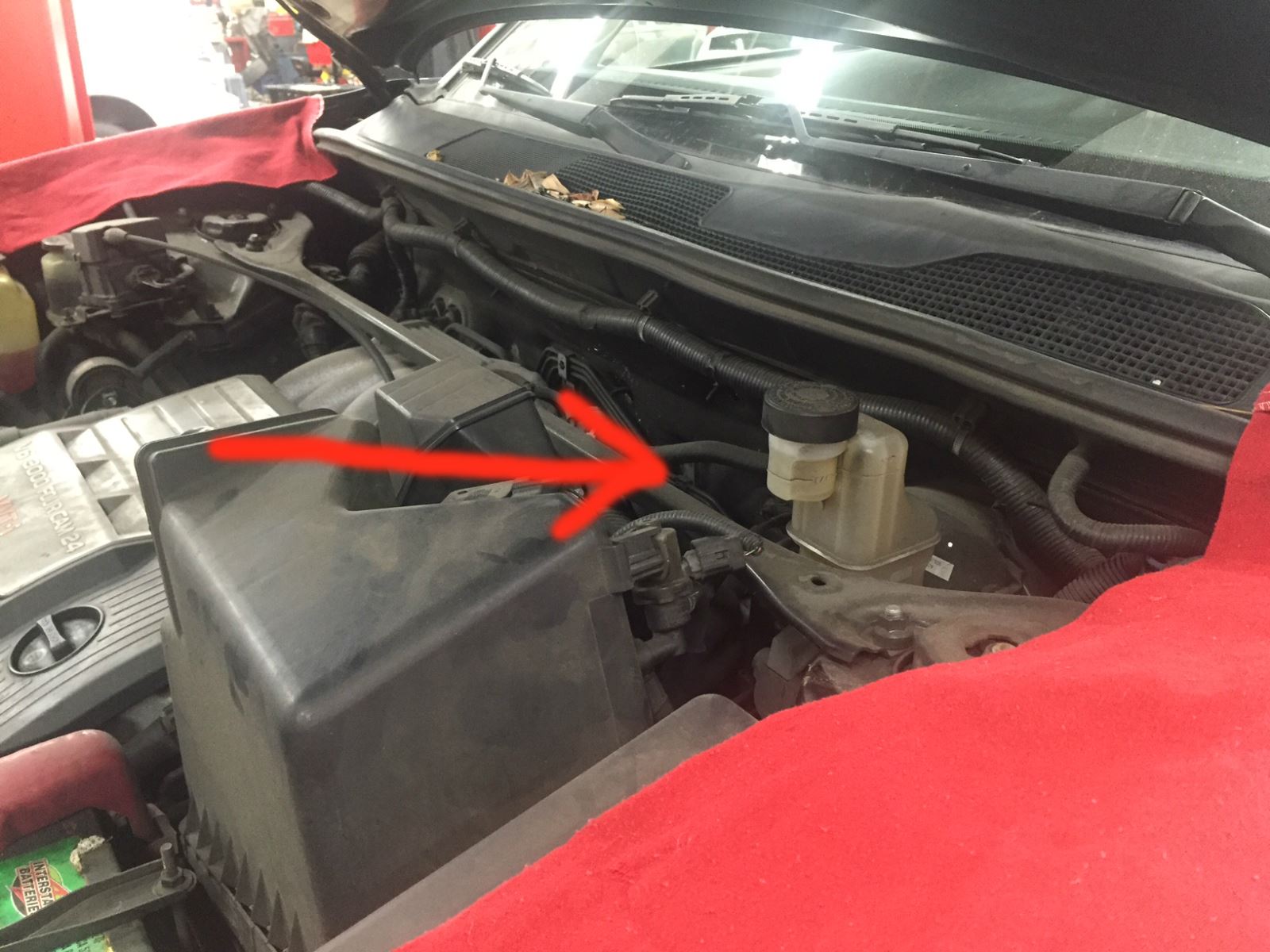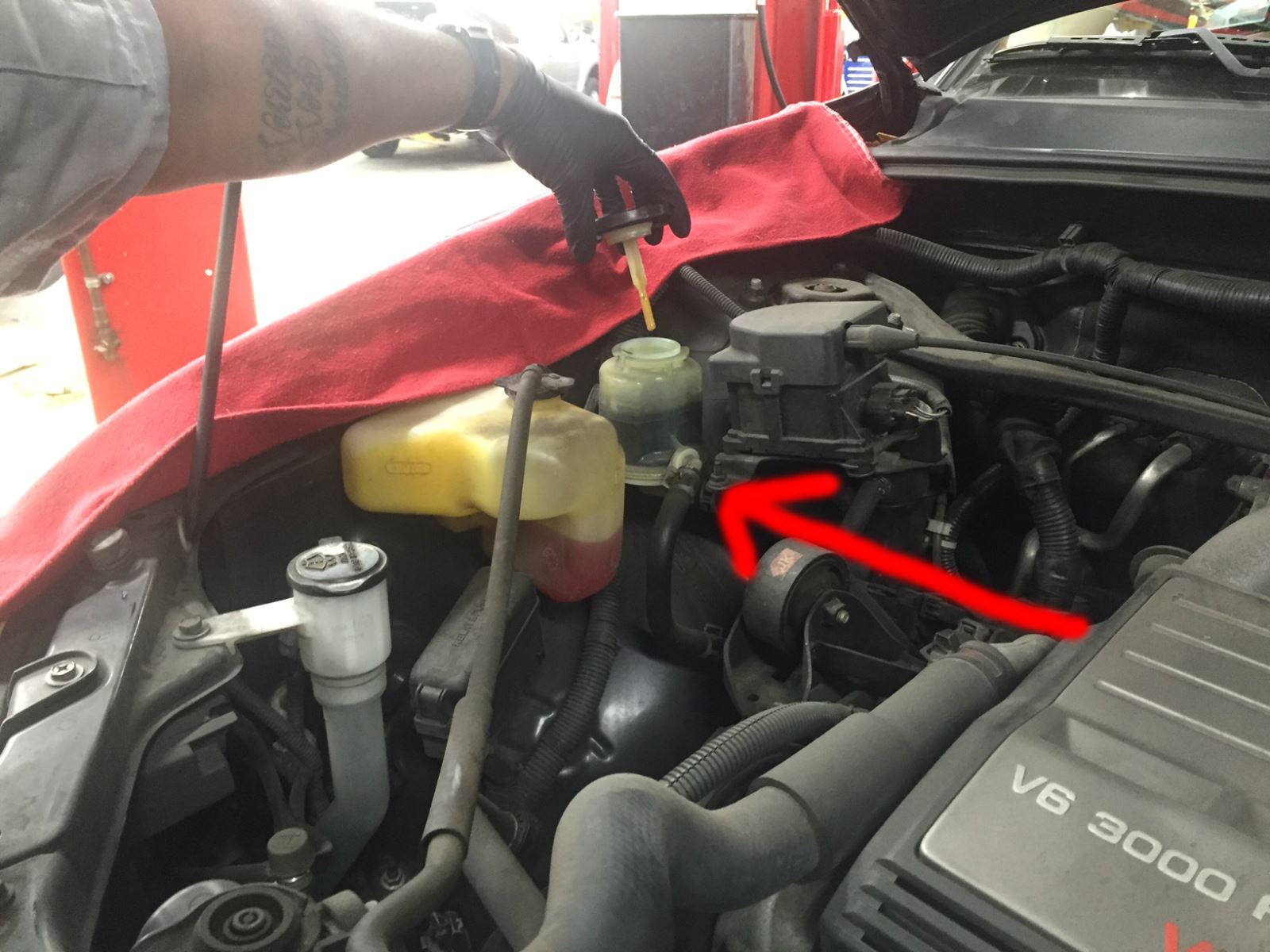5 Things You Must Check Before You Take A Road Trip (Includes Photos)

Before embarking on a road trip in your car, there are 5 things you must check on your car. The items below won’t take more than 10 minutes and it could save you from a breakdown and a ruined trip!
Check Lights, Fluids, and Tire Pressures -
I am a mechanic by trade at A+ Japanese Auto Repair in San Carlos, CA https://aplusjapaneseautorepair.com/ and more often than not, I find cars that have issues with their lights, fluids, or tire pressures. Below I will walk you through the steps of checking your lights, fluids, and tire pressures.
Lights -
When checking your vehicle’s lights, I am referring to the exterior lights. Start by have someone sit in the car and start it. One at a time have them push the brake pedal (check the brake lights), turn on the blinkers (check in front and rear of the car), put the car in reverse (check the reverse lights), and lastly put the car back in park and turn on the head lights (check the high beams, low beams, marker lights, tail lights, and license plate lights.)
If you don’t have someone you who can help you check your lights, you can back the car up to a wall or garage and usually see the reflection of the lights in your rear view mirror. For the front lights do you can do the same.
How do your headlights rate against other vehicles?
Fluids -
Fluids include everything you can see and everything that has a dipstick. Before you check any fluids make sure the car is parked on level ground and it is completely turned off. Now pop open the hood and start checking!

- Engine Oil - usually a dipstick, it has two marks at the base of the stick, full and low. Make sure the level is between the two marks. That is about 1qt difference to give you a point of reference.

- Brake Fluid - this should be a yellow color and will be housed in a plastic container near the firewall of a the car (just at the base of the windshield, usually on the driver’s side.) It will have a full and low mark on the container, make sure it is between the two. If you need to add fluid it should tell you the type of fluid in your manual or on the container itself.

- Power Steering Fluid - Not all cars have this fluid because they are migrating toward electric power steering so if you can’t find the fluid, don’t worry. But if you do find the fluid, it will be housed in a plastic container (similar to a brake fluid container) that you can see or the container will have a dipstick where you can measure the level.

- Engine Coolant - You can check this a few ways. If the car has sat for more than 4 hours without running, find the radiator cap, open it, and make sure the fluid is right at the top. If you can’t find the radiator cap or the car engine is hot, just peek at the radiator reserve tank (to help you find it follow a rubber hose about the diameter of a pencil to a quarter to the radiator) and make sure the level is between the low and high mark. A trick to detect the fluid level is to shake the bottle lightly.
.jpg)
Tire Pressure -

Checking tire pressures is probably the easiest out of the three. A tire pressure check will require a tire pressure gauge, understanding what the tire pressure is supposed to be, and possibly some way to fill the tire pressure if it is low.
A tire pressure gauge can be purchased at a local auto parts store for a few bucks. Next remove the plastic cap that sits over the tire inflation valve stem attached to your car’s rim. Press firmly against the tire valve stem with the gauge and the gauge will push up to show you the reading. You normally read the number that matches the line up with top of the gauge.
Next, to understand what your tire pressure is suppose to be. That can be located in the owners manual, the driver or passenger door jam, the inside of the glove box, or inside your gas door. Some cars ask for all four tires to be the same tire psi (pressure), while other cars ask for fronts and rears to be different from one another. If you can’t find the recommended tire pressure, you should be safe with 32-36psi.
If you need an online guide, Tire Pressure Guide.
Lastly, most gas stations, tire stores, or local auto repair shops will have a way to fill your tires. At a gas station they may charge a few quarters to use the machine but the upside is that the tire inflator has the tire gauge built in. The tire stores and repair shops will usually do this as a courtesy for their clients.
Oh one more thing… did you check the spare tire?
Related Articles:
What does the battery light mean on my dash?
4 Things you need to know if your car overheats.
Written by Eric Sevim | A+ Japanese Auto Repair, Inc. | 780 Industrial Rd, San Carlos CA 94070
www.aplusjapaneseautorepair.com | 650-595-2277
--
Disclaimer: This article is provided for general informational purposes only. It is not intended as advice for your particular vehicle, and should not be relied upon for that purpose. Please consult a qualified automotive maintenance professional to determine the maintenance and repair needs for your vehicle.